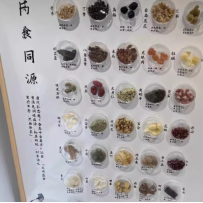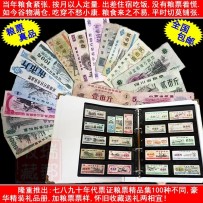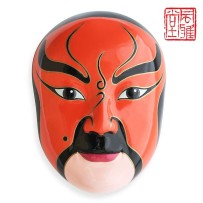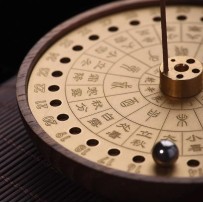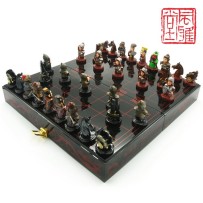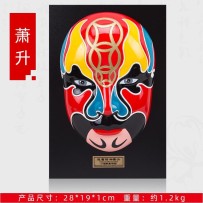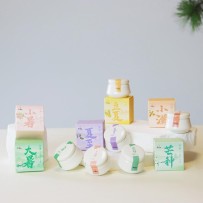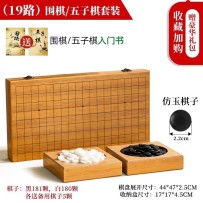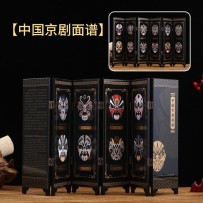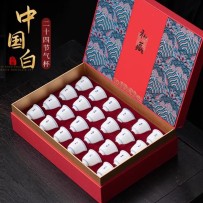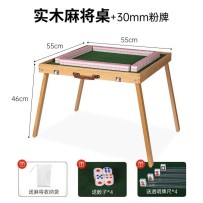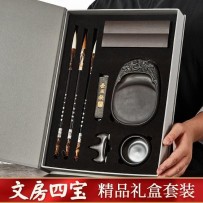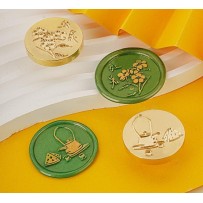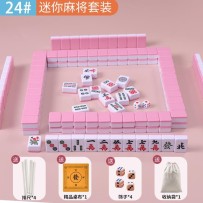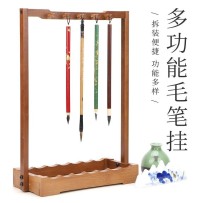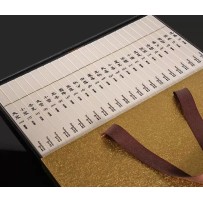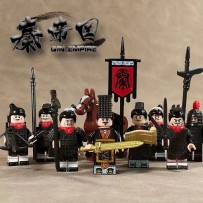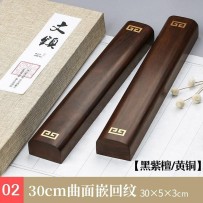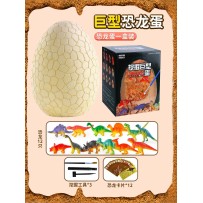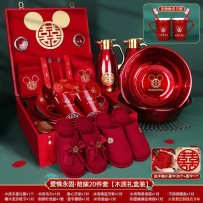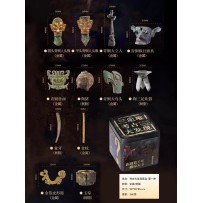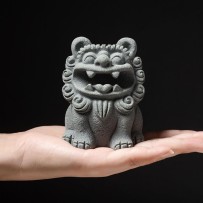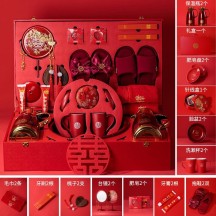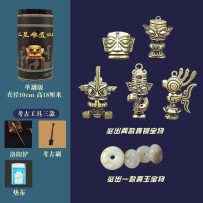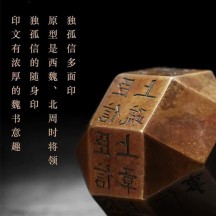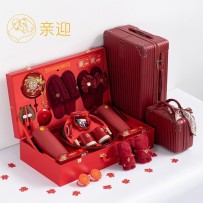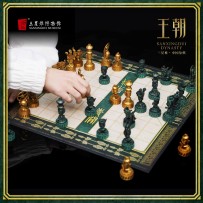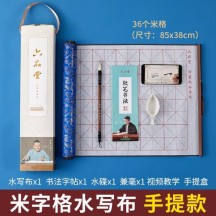Chinese fan culture carries a profound cultural heritage and is an integral part of the nation's traditions. Beyond being used for cooling, fans also serve as props in dance and stage performances, symbolizing friendship and connection. They make thoughtful gifts for friends, family, and international guests. Today, fan decorations are increasingly found in homes and have gradually evolved into objects of artistic appreciation, greatly enhancing their cultural and aesthetic value.
Subcategories
Active filters
Ration coupons are products of a specific historical period, symbolizing the planned economy, material shortages, and the state's efforts to ensure people's livelihood. They were not merely vouchers for purchasing grain, but also a reflection of the economic system and social life of that era, carrying the memories and cultural significance of a particular time in history.
Facial makeup in Peking Opera is a decorative art form that combines dots, lines, shapes, and colors in an organic way. With vibrant hues, elegant designs, and exaggerated stylization, it vividly and expressively portrays the appearance and personality traits of theatrical characters. This art form reflects the aesthetic creativity and cultural spirit of the Chinese people.
The term "Xiangqi" (Chinese chess) originated during the Warring States period and has its roots in China. Its strategies are inspired by the ancient military principles found in Sun Tzu's The Art of War, particularly the idea that "the supreme art of war is to subdue the enemy without fighting.
Facial makeup in Peking Opera is a decorative art form that combines dots, lines, shapes, and colors in an organic way. With vibrant hues, elegant designs, and exaggerated stylization, it vividly and expressively portrays the appearance and personality traits of theatrical characters. This art form reflects the aesthetic creativity and cultural spirit of the Chinese people.
Facial makeup in Peking Opera is a decorative art form that combines dots, lines, shapes, and colors in an organic way. With vibrant hues, elegant designs, and exaggerated stylization, it vividly and expressively portrays the appearance and personality traits of theatrical characters. This art form reflects the aesthetic creativity and cultural spirit of the Chinese people.
Mahjong, as an ancient Chinese form of entertainment, carries rich cultural meaning in both its tile designs and gameplay. Its rules and strategies reflect traditional Chinese concepts such as "heavenly timing, geographical advantage, and human harmony," as well as deeper reflections on interpersonal relationships and life philosophy.
The Four Treasures of the Study—paper, brush, ink, and inkstone—are traditional Chinese tools for writing and painting. They have made remarkable contributions to the promotion of Chinese culture and the advancement of global civilization. Even today, they continue to play an important role.
Mahjong, as an ancient Chinese form of entertainment, carries rich cultural meaning in both its tile designs and gameplay. Its rules and strategies reflect traditional Chinese concepts such as "heavenly timing, geographical advantage, and human harmony," as well as deeper reflections on interpersonal relationships and life philosophy.
A brush hanger is a tool used to suspend brushes from a rack, while a brush rest—also known as a "brush mountain" or "brush holder"—is primarily used to rest brushes when not in use. These rests come in a variety of materials and are often shaped like mountains.
A paperweight is a tool used to hold down books, documents, letters, and other items to prevent them from being blown away by the wind. It serves both practical and decorative purposes and can also be appreciated as a collectible item. Reflecting the owner's interests and taste, it adds a unique touch to any writing desk.
The "bi tian" (brush licker) is one of the traditional scholar’s tools in ancient China, also known as a brush inkstone. Its main function is to test the ink concentration on the brush tip or to smooth the brush bristles, making it more convenient for calligraphy and painting.
The discovery of Sanxingdui shattered the traditional belief that ancient Chinese civilization originated solely in the Central Plains. It revealed a unique civilization nurtured in the Yangtze River Basin and demonstrated the diverse yet unified structure of Chinese civilization.
A paperweight is a tool used to hold down books, documents, letters, and other items to prevent them from being blown away by the wind. It serves both practical and decorative purposes and can also be appreciated as a collectible item. Reflecting the owner's interests and taste, it adds a unique touch to any writing desk.
The Sanxingdui ancient site dates back 3,000 to 5,000 years and is the largest, longest-lasting, and most culturally rich ancient city site discovered in Southwest China to date. It is hailed as one of the greatest archaeological discoveries of the 20th century.
A paperweight is a tool used to hold down books, documents, letters, and other items to prevent them from being blown away by the wind. It serves both practical and decorative purposes and can also be appreciated as a collectible item. Reflecting the owner's interests and taste, it adds a unique touch to any writing desk.
The Sanxingdui ancient site dates back 3,000 to 5,000 years and is the largest, longest-lasting, and most culturally rich ancient city site discovered in Southwest China to date. It is hailed as one of the greatest archaeological discoveries of the 20th century.
Calligraphy copybooks play an irreplaceable role in the study of calligraphy. They are not only an effective way to improve calligraphy skills, but also an important tool for cultivating aesthetic appreciation, developing patience and concentration, and preserving the cultural heritage of calligraphy.












